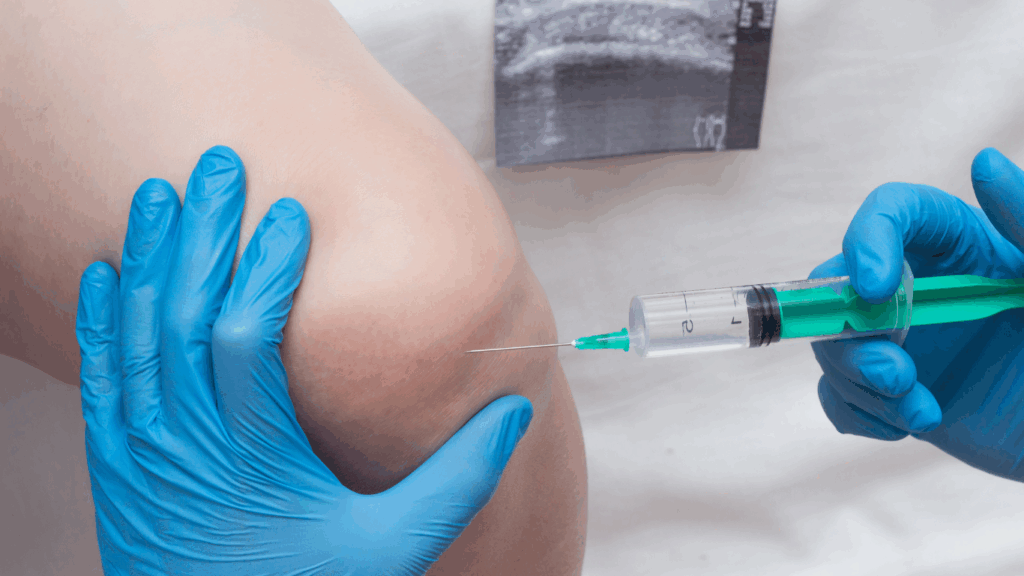When exploring the future of healthcare, especially regenerative therapies, one tiny powerhouse keeps coming up: exosomes. But what are exosomes, and why are they attracting so much attention in fields like integrative health, neurology, orthopedics, and even cosmetic medicine? Let’s break it down in simple, clear language.
What Are Exosomes?
Exosomes are tiny, bubble-like particles naturally released by nearly all cells in the body. They range from 30 to 150 nanometers in size and are found in bodily fluids like blood, saliva, and cerebrospinal fluid (Miron & Zhang, 2024). Think of them as tiny messengers — they carry important cargo like proteins, lipids, and genetic material (such as RNA) from one cell to another, helping cells “talk” and coordinate healing processes.
Rather than being a random byproduct, exosomes are purposefully packed with materials that influence how other cells behave. They can stimulate tissue repair, calm inflammation, or even protect nerve cells (Miron et al., 2024). Because of this, exosomes are now being studied intensively as natural agents for regenerative therapies.
What Is Exosome Therapy?
Now that we know what exosomes are, what is exosome therapy and how does it work? Exosome therapy is an innovative therapy that uses purified exosomes to promote healing and regeneration in the body. Unlike traditional stem cell therapy, which involves transplanting living cells, exosome therapy focuses on the secreted products of stem cells. This approach offers many advantages:
- Cell-free and safer: Exosome injections bypass the potential complications associated with introducing whole cells into the body (Miron & Zhang, 2024).
- Highly targeted: Exosomes naturally seek out damaged or inflamed tissues and deliver healing messages directly where needed.
- Low risk of rejection: Because exosomes have low immunogenicity, they are unlikely to provoke immune system attacks (Miron et al., 2024).
At ViveWell Health, exosome therapy is used in regenerative medicine programs to help support faster recovery, reduce inflammation, and optimize health outcomes.
How Exosome Injections Work
In an exosome injection, a highly concentrated solution of exosomes—often derived from mesenchymal stem cells (MSCs)—is introduced into the body via an IV infusion, localized injection, or intranasal delivery. Once inside, these exosomes:
- Promote cell growth and tissue repair
- Reduce systemic inflammation
- Stimulate collagen and elastin production
- Support nerve regeneration
- Enhance immune function

Research has shown that exosome injections can deliver results across a wide range of conditions, from joint injuries and neurological disorders to aesthetic rejuvenation (Liang et al., 2020).
What Are the Benefits of Exosome Therapy?
Some of the exciting potential benefits of exosome therapy include:
- Tissue Repair: Exosomes stimulate new cell growth and can help repair damaged muscles, joints, and even brain tissue.
- Reduced Inflammation: Exosomes help regulate the immune system and decrease chronic inflammation, which is a root cause of many diseases.
- Neurological Support: Because exosomes can cross the blood-brain barrier, they offer promising applications for supporting brain health and treating neuroinflammatory conditions like traumatic brain injuries or even autism spectrum disorder (Liang et al., 2020; Alessio et al., 2020).
- Anti-Aging and Skin Rejuvenation: In cosmetic medicine, exosome injections are being explored for improving skin elasticity, tone, and healing after aesthetic procedures.
Why Exosomes Are a Breakthrough in Regenerative Medicine
Stem cell therapies have long been celebrated for their healing potential, but more recent studies suggest that exosomes are often the real stars behind stem cell therapies’ benefits. Research shows that many of the regenerative effects previously attributed to stem cells are actually due to the exosomes they secrete (Miron et al., 2024).
By isolating and concentrating these powerful vesicles, exosome therapy captures the best part of stem cell therapy—without the risks associated with cellular therapies.
The Future of Exosome Therapy
The field of exosome research is exploding, with over 5,000 new scientific publications per year (Miron et al., 2024). As more is learned about their incredible healing potential, exosome-based therapies are being developed for a wide range of conditions, including:
- Neurodegenerative diseases (like Alzheimer’s and Parkinson’s)
- Autoimmune disorders
- Sports injuries
- Chronic inflammation
- Cosmetic rejuvenation
- Cardiovascular repair
At ViveWell Health, we are proud to offer cutting-edge exosome therapy as part of our commitment to helping you restore, regenerate, and thrive.

References
- Alessio, N., Brigida, A. L., Peluso, G., Antonucci, N., Galderisi, U., & Siniscalco, D. (2020). Stem cell-derived exosomes in autism spectrum disorder. International Journal of Environmental Research and Public Health, 17(3), 944. https://pubmed.ncbi.nlm.nih.gov/32033002/
- Liang, Y., Duan, L., Xu, X., Li, X., Liu, M., Chen, H., Lu, J., & Xia, J. (2020). Mesenchymal stem cell-derived exosomes for treatment of autism spectrum disorder. ACS Applied Bio Materials, 3(9), 6384–6393. https://pubmed.ncbi.nlm.nih.gov/35021769/
- Miron, R. J., & Zhang, Y. (2024). Understanding exosomes: Part 1—Characterization, quantification and isolation techniques. Periodontology 2000, 94(1), 231–256. https://pubmed.ncbi.nlm.nih.gov/37740431/
- Miron, R. J., Estrin, N. E., Sculean, A., & Zhang, Y. (2024). Understanding exosomes: Part 2—Emerging leaders in regenerative medicine. Periodontology 2000, 94(1), 257–414. https://pubmed.ncbi.nlm.nih.gov/38591622/






